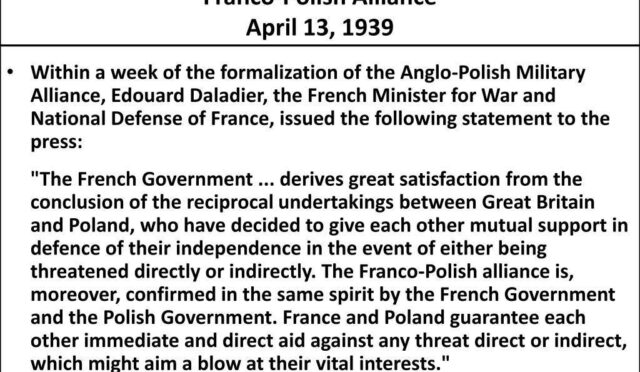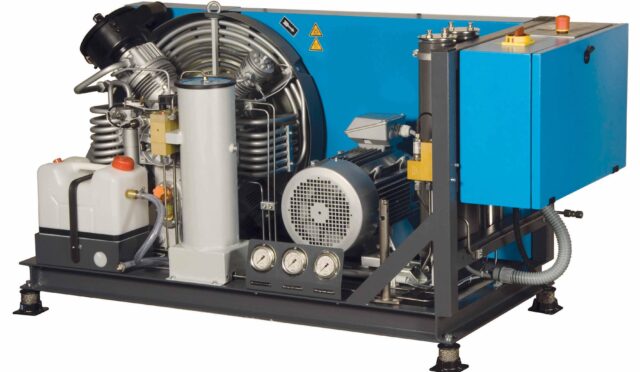IFF System for Drones: Enhancing Military Technology
Russia’s Rosel, a state-owned entity falling under the Rostec State Corporation, has initiated testing on a new Identification-Friend-or-Foe (IFF) system designed for drone integration. This innovative system, which weighs in at less than 90 grams (3.1 ounces), is engineered for low power consumption and includes a radar identifier that can be directly attached to drones. It operates by communicating with ground stations through Russia’s national identification system, enabling it to distinguish between friendly drones and potential threats.
The IFF system showcases impressive capabilities, able to identify unmanned aerial vehicles at altitudes up to 5 kilometers (3 miles) and over maximum distances of 100 kilometers (62 miles). However, questions remain regarding its resilience to electronic warfare—a significant concern given the ongoing conflict in Ukraine where such tactics are frequently employed. Rosel reported that the system has successfully completed various tests to ensure electromagnetic compatibility with other drone systems.
Integration into Additional Aerial Systems
Rosel’s IFF system is set to be incorporated into additional unmanned aerial vehicles (UAVs), with plans for flight tests scheduled for the summer. Among the drones chosen for these integration trials is the Geodesy-401 quadcopter, which is primarily used for urban aerial photography and quarry mapping. This development highlights the system’s potential applications beyond purely military contexts, showcasing its versatility in various fields.
As production of the first batch of the IFF system is anticipated within the year, Rosel is poised to make significant strides in enhancing drone operations. This technology is expected to bolster both military and civilian drone usage, paving the way for more coordinated aerial efforts.
Competing Developments in Drone Identification
In December 2023, another Russian company, RPC Pulsar, unveiled a similar compact IFF system capable of identifying drones at the same operational altitude and range as Rosel’s offering. This rapid development in drone identification technology underscores a growing ambition within Russia to enhance its aerial capabilities, particularly in the context of the ongoing conflict with Ukraine.
The emergence of these advancements marks a critical phase in military drone operations, allowing for improved coordination among Russian forces. As drone warfare intensifies against Kyiv, these innovations could significantly impact the battlefield, shaping the dynamics of aerial engagement in the region.







